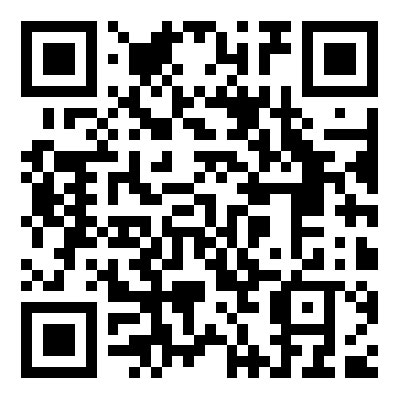What should be in a first aid kit for outdoors?
2023-10-18
An outdoor first aid kit should be comprehensive enough to handle a wider range of injuries and emergencies that may occur in remote or outdoor settings. In addition to the basic items mentioned earlier, here are some additional supplies you should consider including in a first aid kit for outdoor activities:
1. Emergency blanket: Provides insulation and protection from the elements in case of exposure to cold or extreme weather.
2. Moleskin or blister pads: For preventing and treating blisters, especially important for hikers and climbers.
3. Insect repellent: Helps to ward off insects and reduce the risk of insect bites.
4. Hydrocortisone cream: Relieves itching and inflammation from insect bites, rashes, or allergic reactions.
5. Antihistamines: Useful for treating allergic reactions caused by insect bites or environmental factors.
6. EpiPen (if prescribed): For individuals with severe allergies, a pre-filled epinephrine auto-injector can be life-saving.
7. Sunscreen: Protects against sunburn and reduces the risk of skin damage from prolonged sun exposure.
8. Aloe vera gel: Soothes and aids in the healing of sunburns and minor burns.
9. Calamine lotion: Provides relief from itching and irritation caused by poison ivy, poison oak, or insect bites.
10. Tick removal tool: Helps safely remove ticks to reduce the risk of tick-borne illnesses.
11. Water purification tablets or filter: Essential for purifying water from natural sources if clean drinking water is not readily available.
12. SAM splint or flexible splint: Stabilizes fractures and sprains in the field.
13. Snake bite kit (for areas with venomous snakes): Includes a suction device and other tools to manage snake bites.
14. Whistle: To signal for help in case of emergencies.
15. Compass and map: Essential for navigation if electronic devices fail.
16. Tweezers with a magnifying glass: Helps with removing small splinters or ticks more accurately.
17. CPR pocket mask: Provides a protective barrier during CPR.
18. Space blanket: Compact, lightweight, and retains body heat in emergencies.
19. Medical tape and elastic bandages: For additional wound dressing and support for sprains and strains.
20. Emergency contact information and first aid manual: Important numbers and guidelines for administering basic first aid.
Remember that this list is a general guide, and you should tailor your outdoor first aid kit to the specific activities and locations you'll be visiting. Always ensure that you and other members of your group know how to use the items in the kit correctly and seek professional medical help for serious injuries or emergencies.


